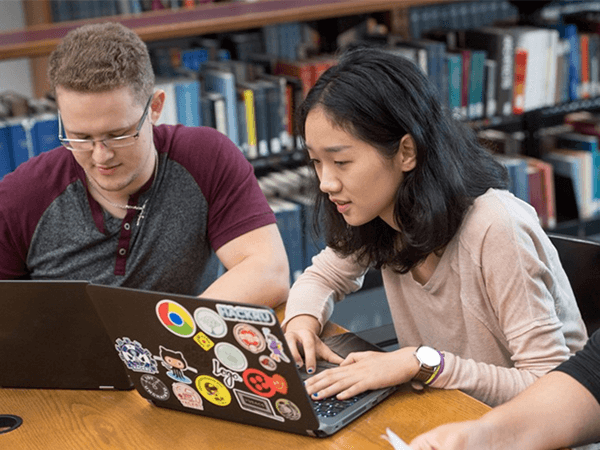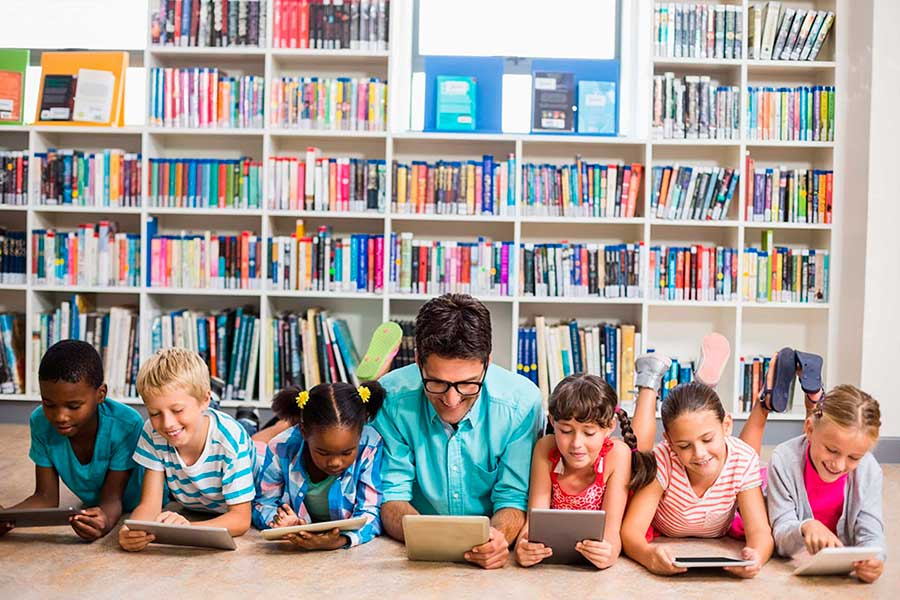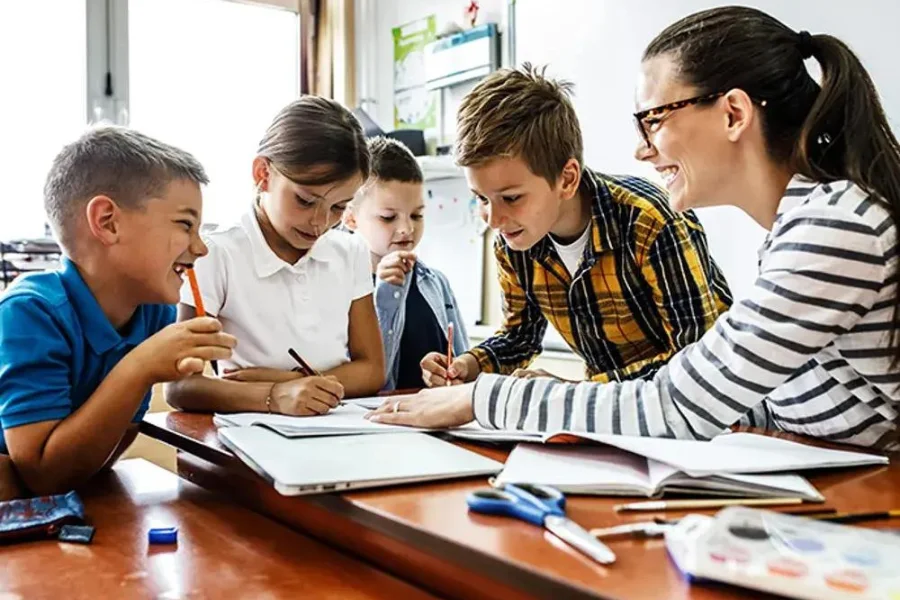San Francisco, with its rich tradition of innovation and creativity, is a city that continuously redefines how education is delivered. From pioneering tech solutions to championing student-centered learning methods, San Francisco educators have consistently been early adopters of new teaching tools. One of the most surprising yet effective trends to make its way into classrooms? Memes.
Often regarded as lowbrow internet humor, memes are now being used as powerful educational tools to engage students, spark curiosity, and build classroom connections. Here’s how teachers in San Francisco are creatively incorporating memes into their lessons and why this approach resonates with the city’s dynamic, tech-savvy spirit.
Memes in the Classroom
Memes are humorous, often visual pieces of content designed to convey a relatable or satirical message. With their ability to simplify complex ideas and connect emotionally, memes have become a key communication tool for younger generations, including Gen Z. Teachers in San Francisco are capitalizing on this cultural phenomenon, transforming a form of entertainment into a meaningful vehicle for education.

For example, a high school history teacher might use a meme with “Distracted Boyfriend” to compare historical changes in political alliances, illustrating how countries shifted allegiances. A physics teacher could adapt the “Woman Yelling at a Cat” meme to explain Newton’s laws of motion in a humorous yet easily digestible way. By integrating memes into their curriculum, teachers are bridging the gap between students’ digital worlds and academic learning.
The Benefits of Teaching Through Memes
- Boosting Engagement
Students are inherently drawn to memes because they’re familiar, funny, and part of their everyday lives. Seeing memes in a classroom context sparks immediate interest and excitement, creating a more engaging learning environment.
Memes are also quick and visually striking, making them ideal for explaining complex ideas. For example, a teacher might use a popular “Expand Your Brain” meme to explain varying levels of understanding about a topic, moving from basic definitions to advanced analyses.
- Simplifying Concepts
Educators often struggle to make abstract topics relatable, particularly in subjects like science or math. Memes, by their nature, simplify and contextualize ideas, providing students with a bridge to understanding.
Take literature, for instance. A teacher could use a meme to illustrate Hamlet’s indecision in Shakespeare’s play, adding humor while breaking down complex emotional conflicts. These visual metaphors make heavy subjects more accessible and memorable.
- Fostering Cultural Relevance
One of the defining features of memes is their ability to adapt and evolve quickly. Teachers using memes demonstrate an awareness of trends and a willingness to meet students where they are, fostering trust and a deeper connection.
This cultural relevance aligns perfectly with San Francisco’s emphasis on student engagement. The city prioritizes creativity and innovation in education, making memes a natural addition to lesson plans. From tech startups to local art installations, San Francisco reflects the adaptability and playfulness that memes also embody.
Memes and San Francisco’s Creative Culture
San Francisco’s focus on innovation and tech-forward solutions directly supports the use of memes as educational tools. Local teachers are already leveraging the city’s resources, incorporating digital platforms that allow students to create their own memes as part of classroom projects.
For instance, schools in the Bay Area might encourage students to design topic-oriented memes about sustainability, reflecting San Francisco’s eco-conscious ethos while fostering critical thinking. This combination of humor and creativity not only resonates deeply with students but also enriches their understanding of academic content.
Challenges and Considerations
While memes are effective, they’re not without challenges. Teachers must ensure that memes are age-appropriate, inclusive, and relevant to the lesson. Using outdated memes or those that could inadvertently offend can alienate students rather than engage them.
Additionally, educators must balance the use of memes with other effective teaching strategies, ensuring content isn’t oversimplified or treated too casually. San Francisco schools are addressing this balance by coupling meme-based lessons with more traditional teaching methods, maintaining academic rigor while keeping learning fun.
Final Thoughts
Teaching with memes might sound unconventional, but in San Francisco, where creativity and technology thrive, it’s a perfect fit. By integrating memes into classrooms, educators are showing students that learning doesn’t have to be static or overly formal; it can be relatable, dynamic, and even fun.
For students, this approach not only improves engagement but also fosters deeper connections to the material. And for San Francisco, it further cements its position as a leader in progressive, student-centered education, where innovation truly knows no bounds.




